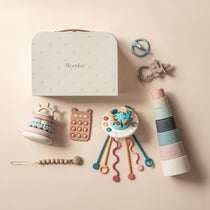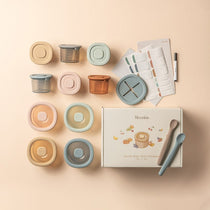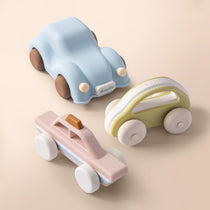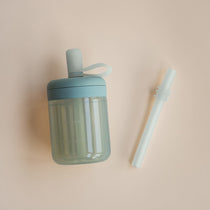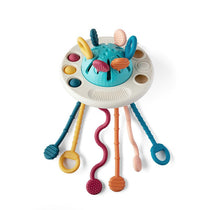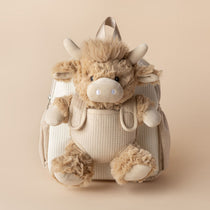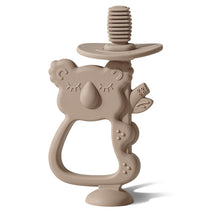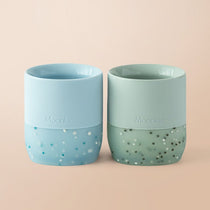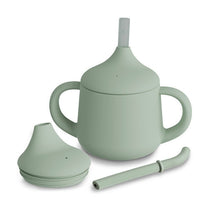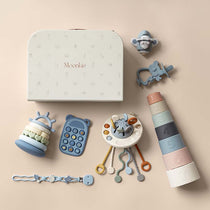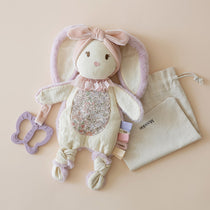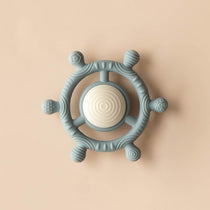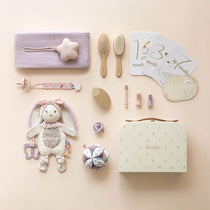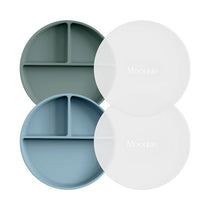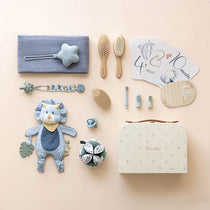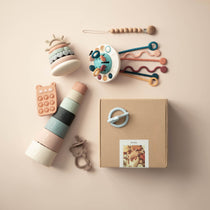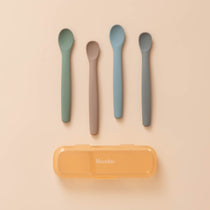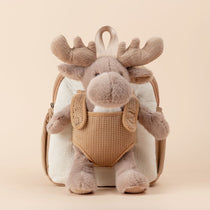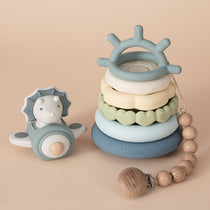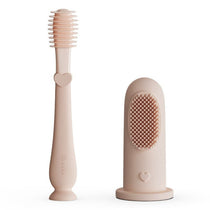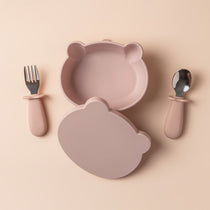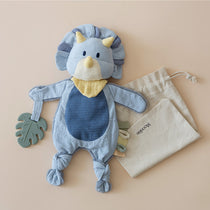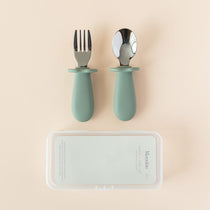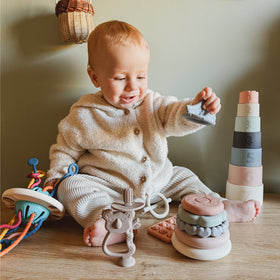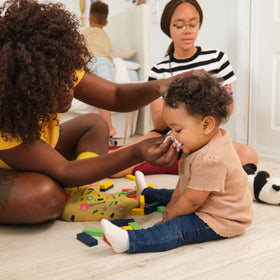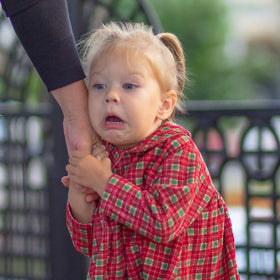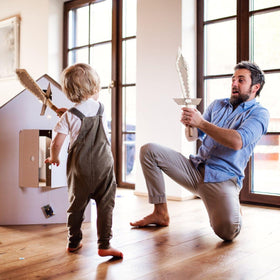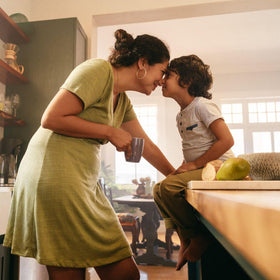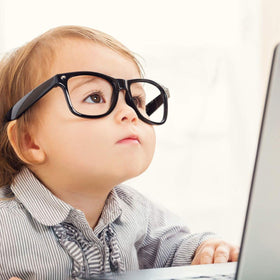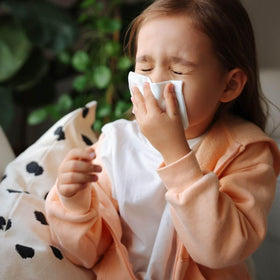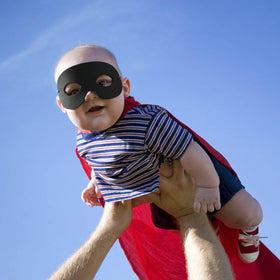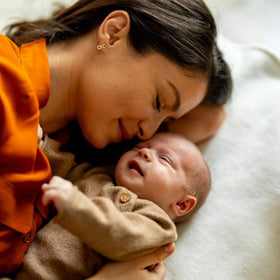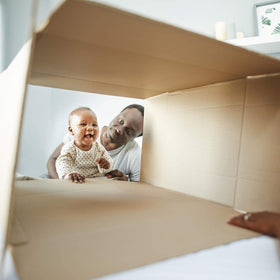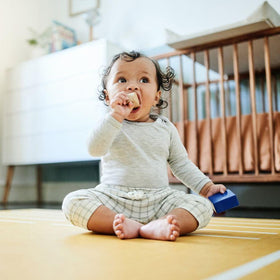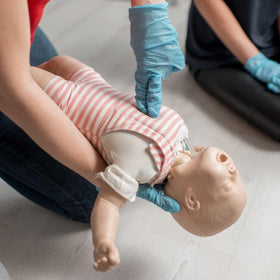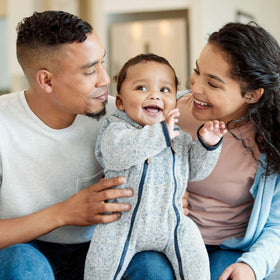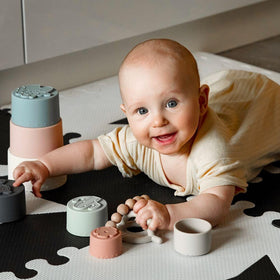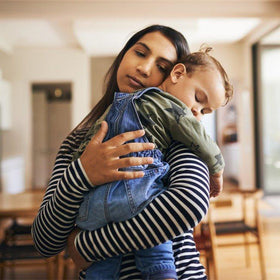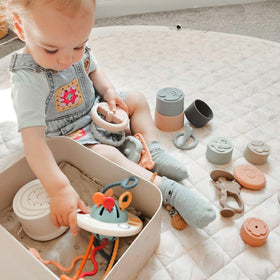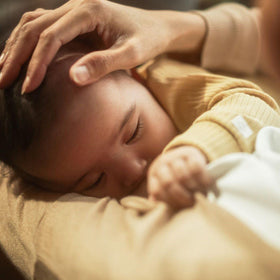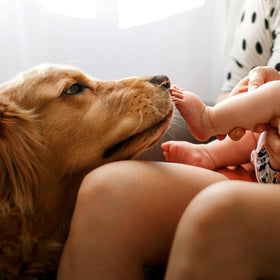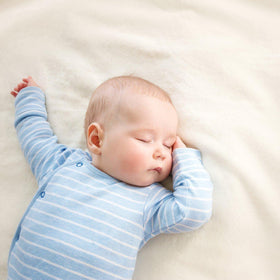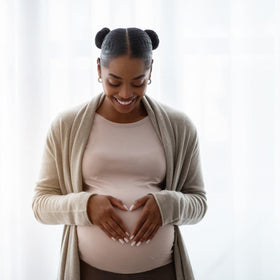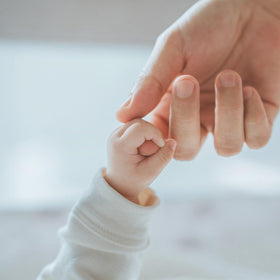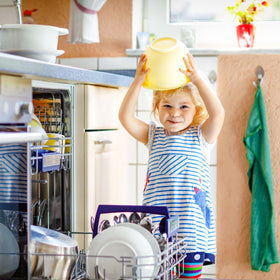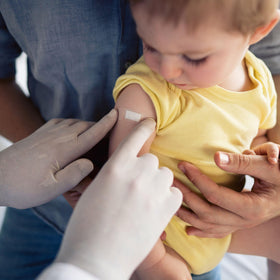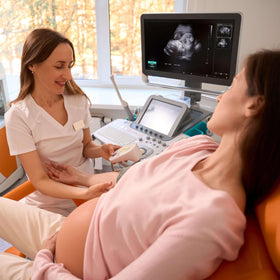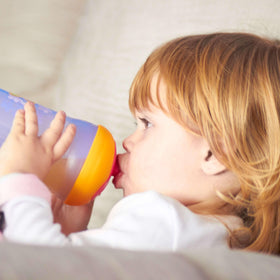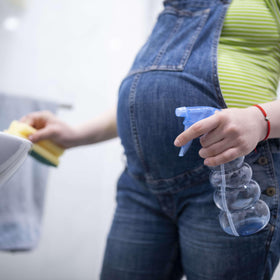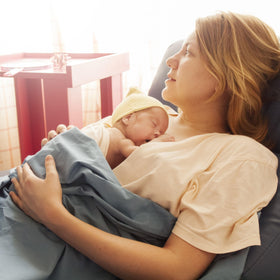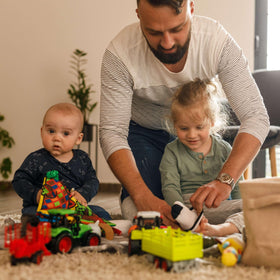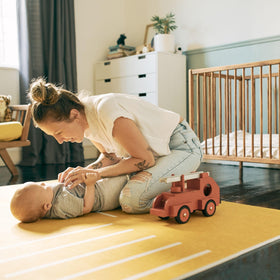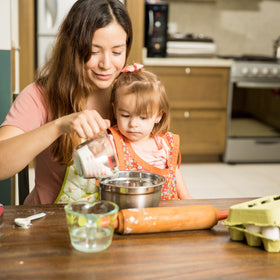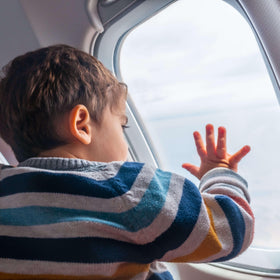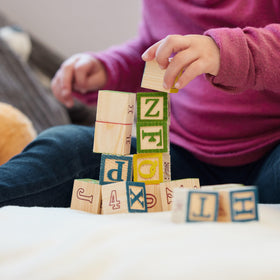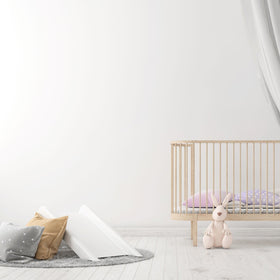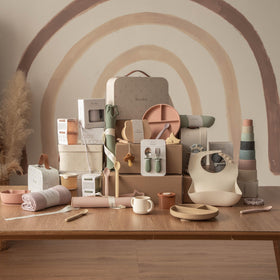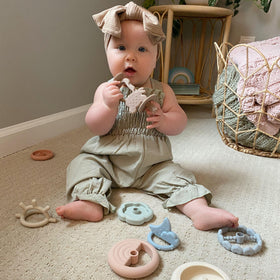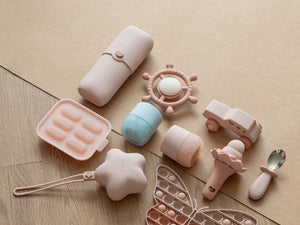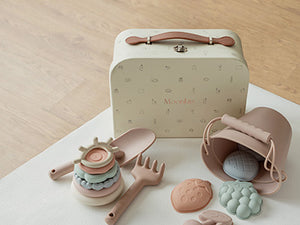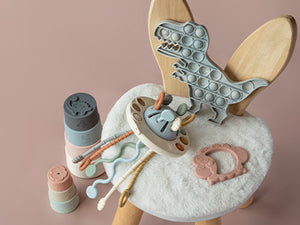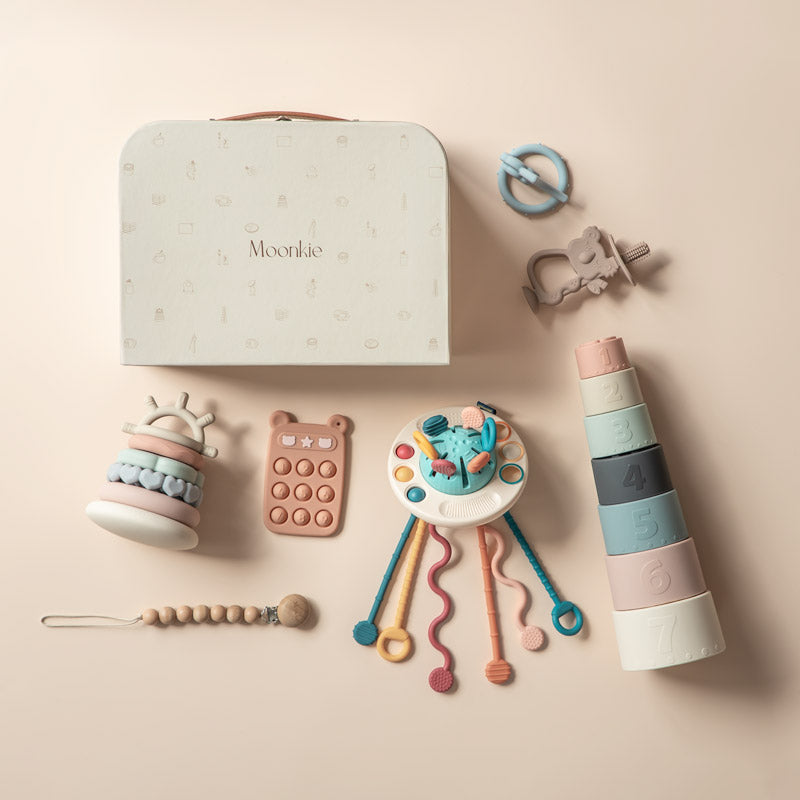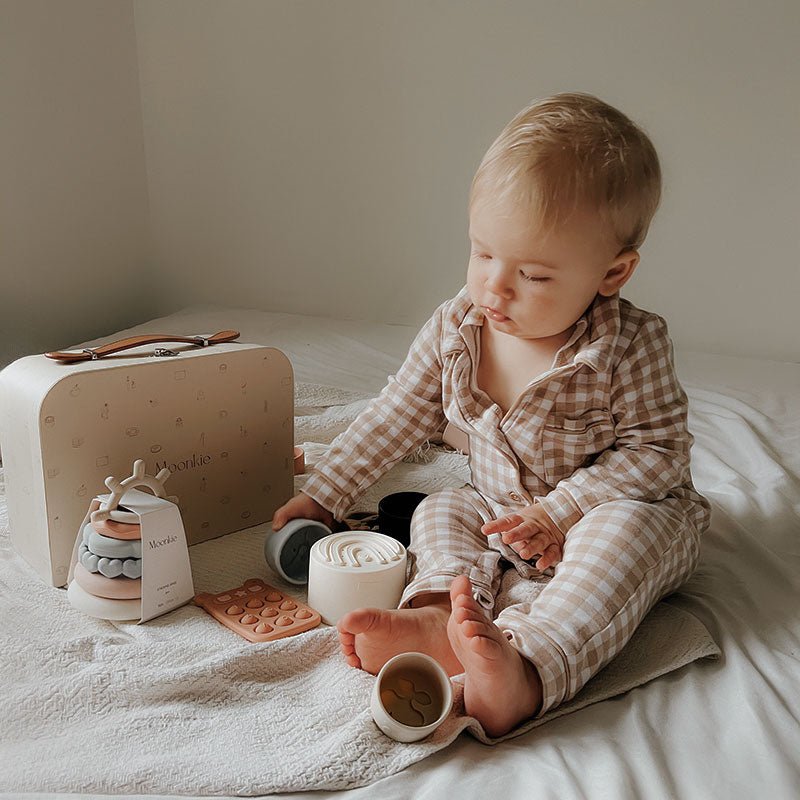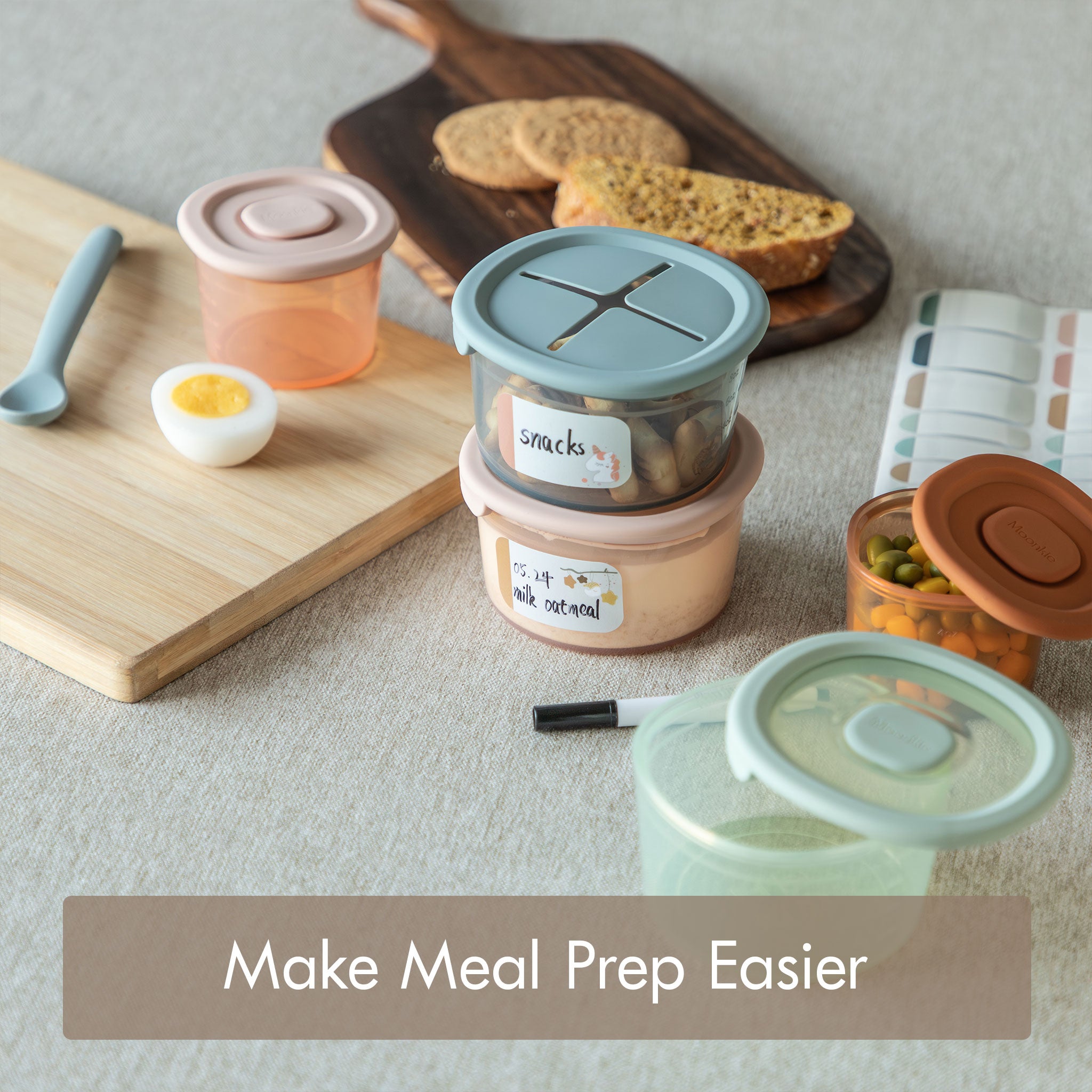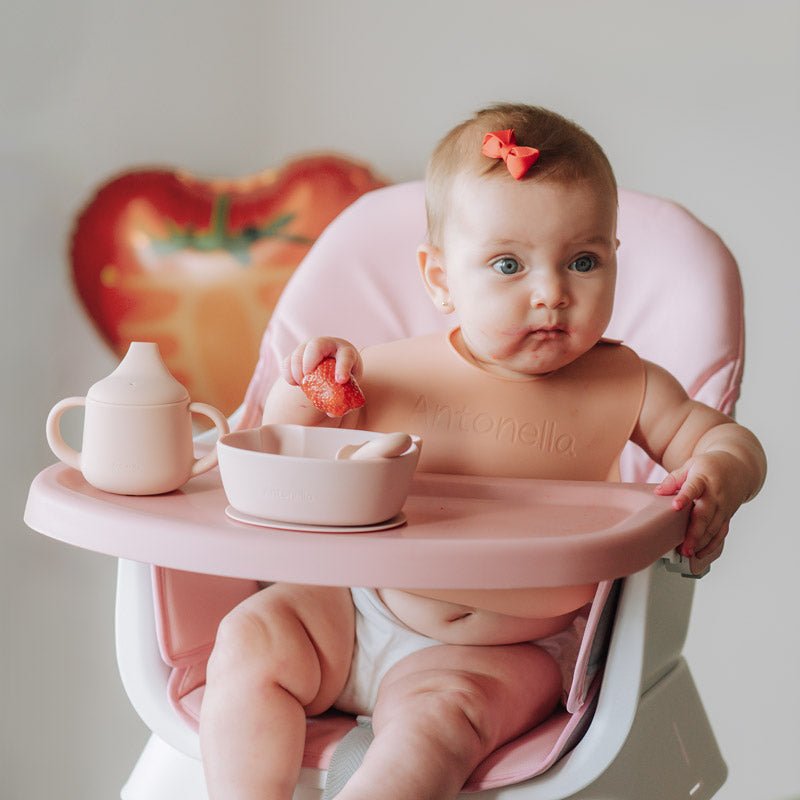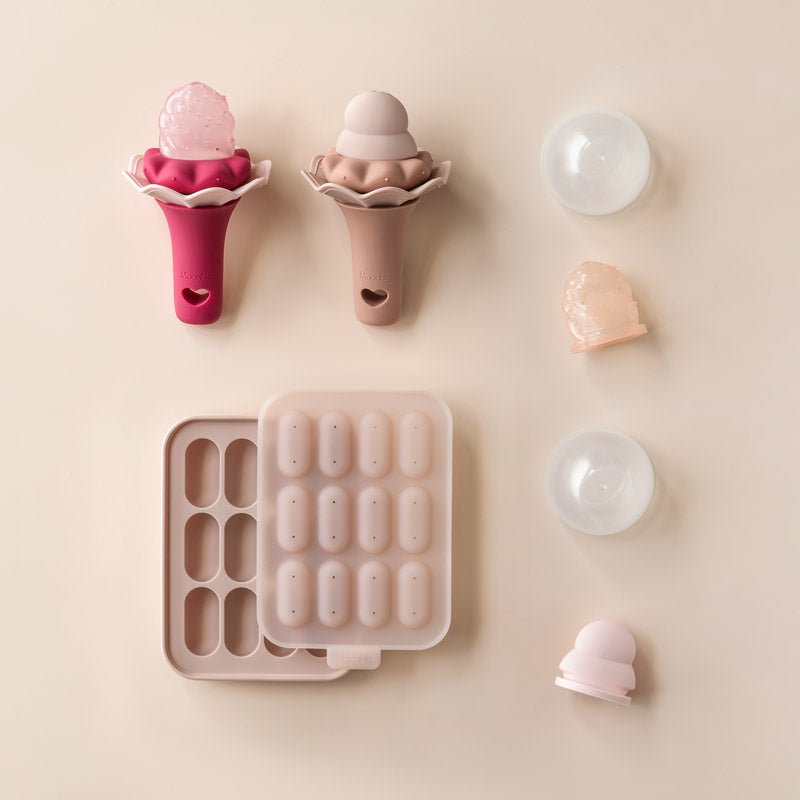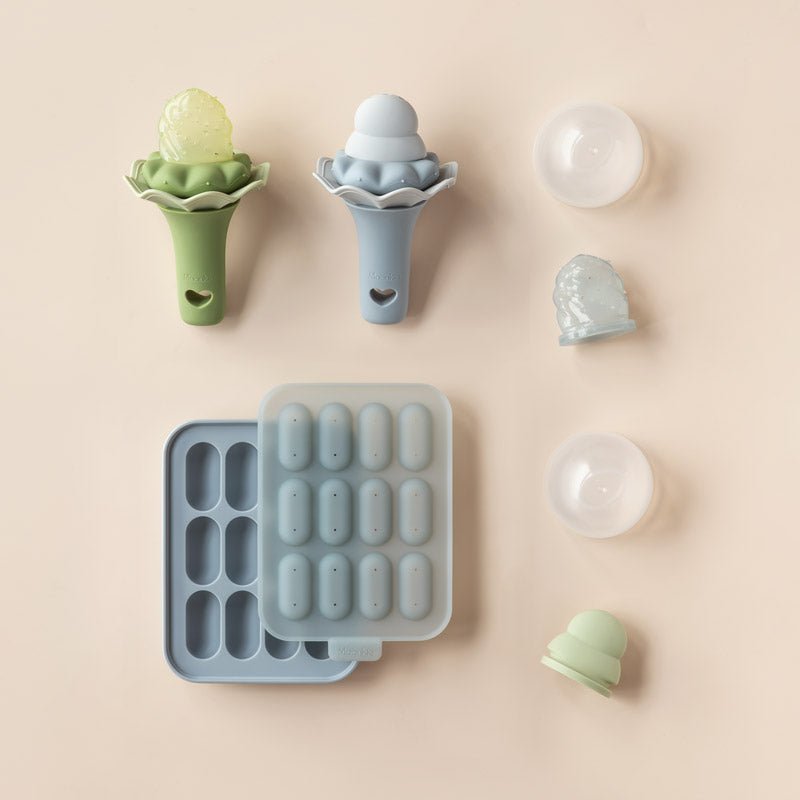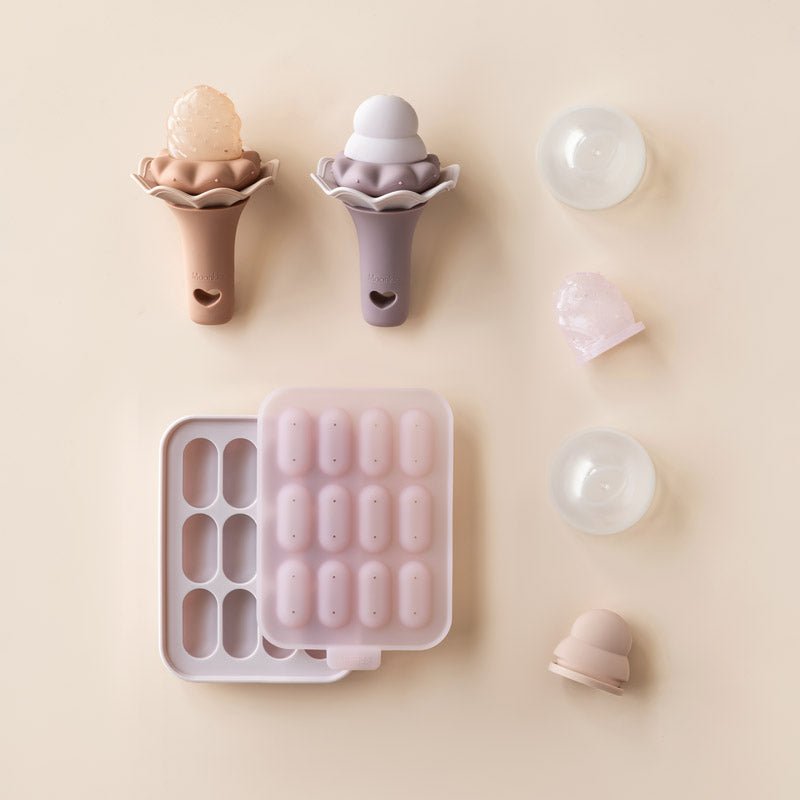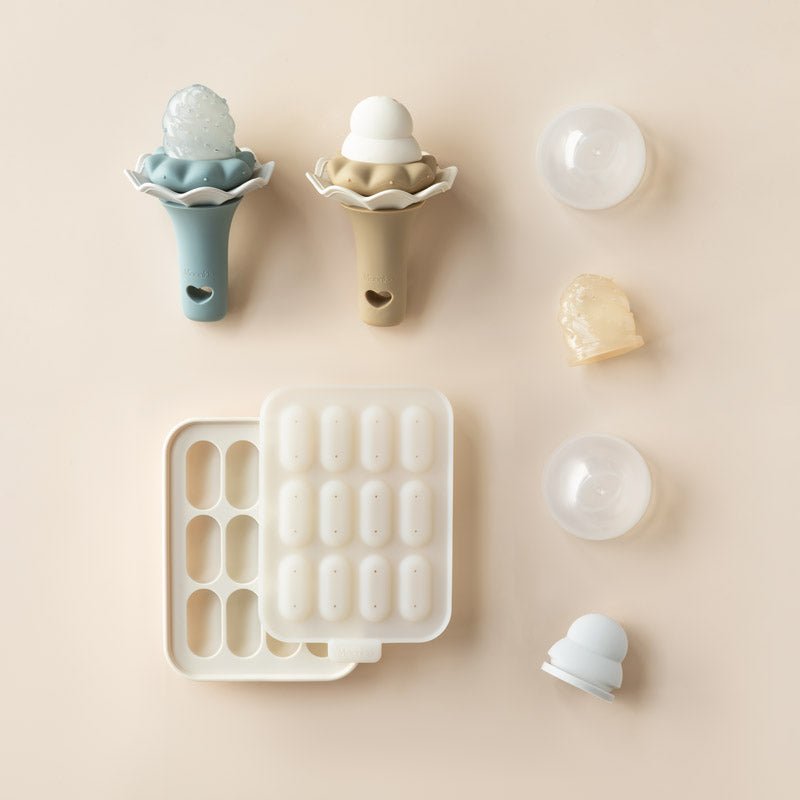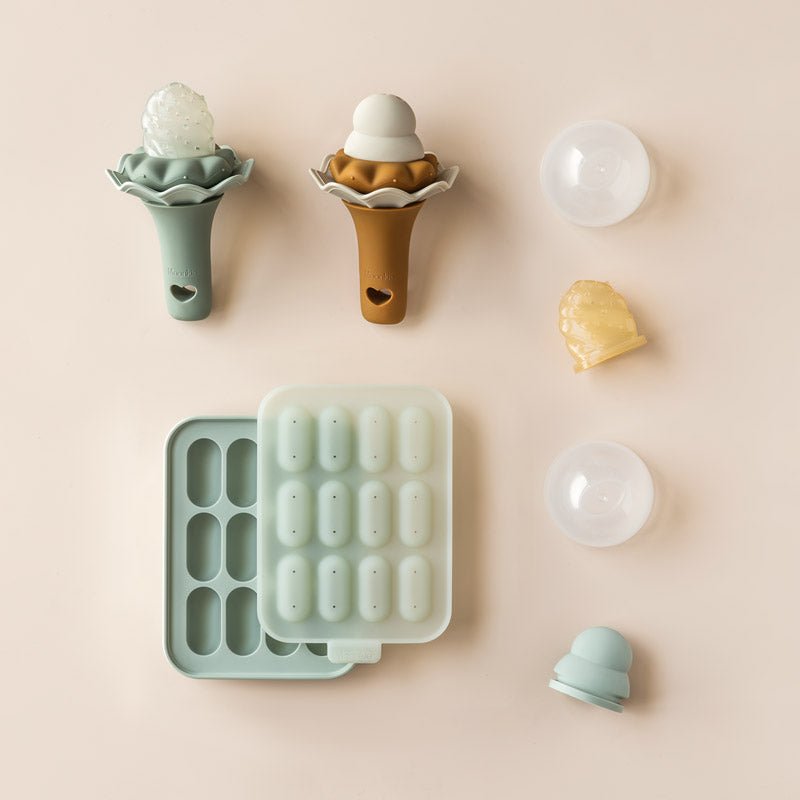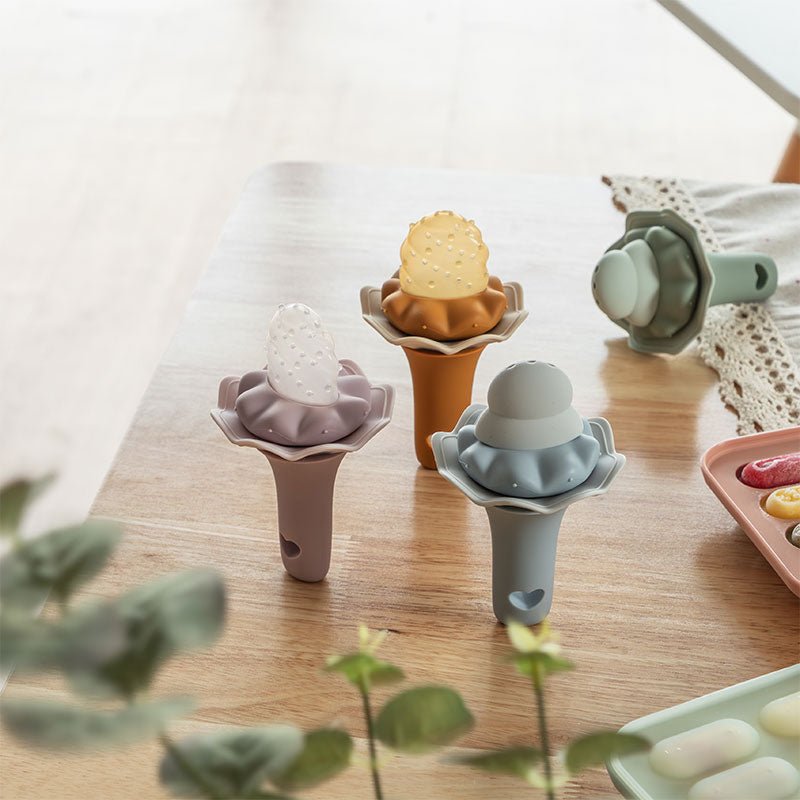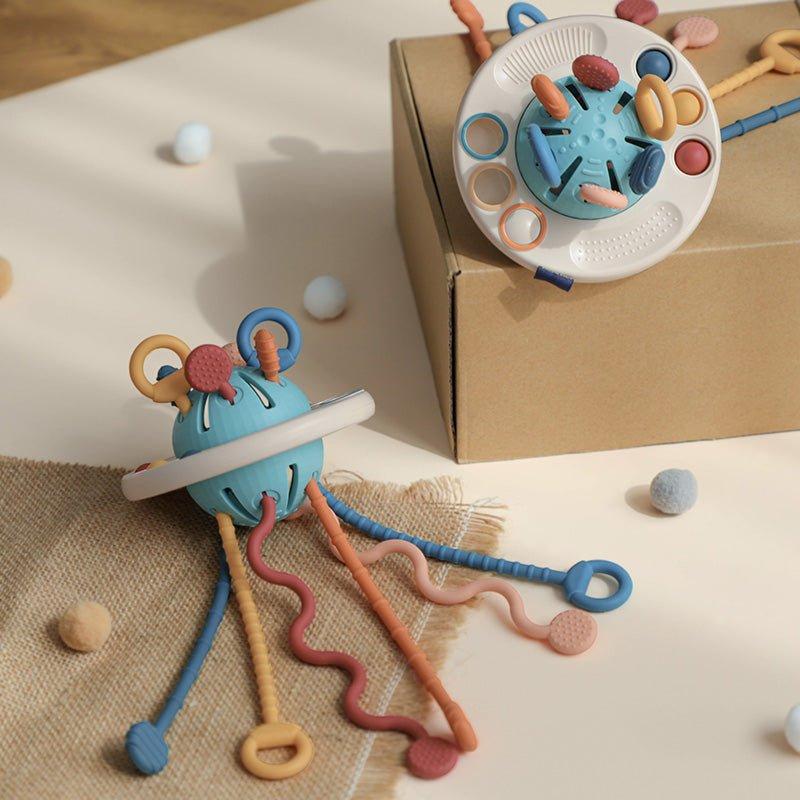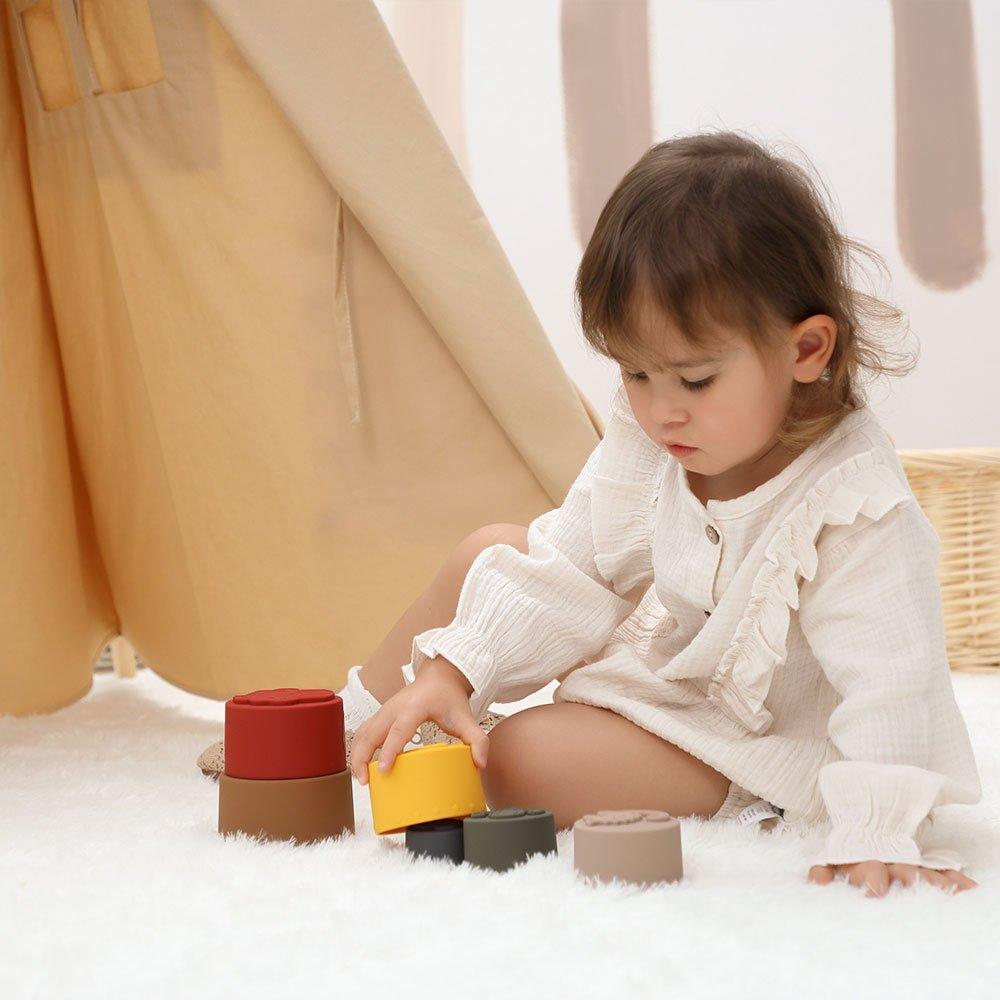Honestly, being a new parent is remarkably overwhelming. Aside from all the apparent changes, one thing I was grossly unprepared for was the bombardment of marketing and education messages about all the early childhood skills I could help my baby develop.
Building fine motor skills is a crucial element of early childhood development that your baby will inevitably work on throughout their first months and years. These include skills like grasping, reaching, releasing, pinching, passing off, and many others. Parents can help their baby build these skills with cleverly designed baby toys.
First, we will briefly explore fine motor skills and how to help your baby develop them; then, we will get into a list of solid toy choices and how to sort through the baby toy market noise.
What Are Fine Motor Skills?
Fine motor skills consist of the small movements we make with our hands and fingers, such as grasping, holding, and manipulating objects. These skills are essential for later everyday activities, like writing, drawing, and using utensils. But before your baby is mature enough for these activities, she's got to start with the basics.
An infant's physical development is broken into gross and fine motor skills. Gross motor skills are big body movements, such as head control, pushing up, sitting, and walking (source). Since fine motor skills are controlled movements of the hands and fingers, they are just as necessary as gross motor skills.
The marvelous thing about babies is that they begin working on fine and gross motor skills right away! Here is a table of a few fine motor skills to look for in your baby's development (source).
| Age | Skill |
| 0 - 6 months |
|
| 6 - 12 months |
|
| 1 - 2 years |
|
If your baby is not exhibiting two or more of these skills by the oldest age indicated, consider mentioning it to your doctor at your little one's next wellness visit. Odds are that nothing is wrong; kids develop at different paces and sometimes excel in one area while "falling behind" in another.
A parent's goal is a happy, healthy child able to explore, discover, and grow developmentally. Simply observing your baby's skills will help you keep tabs on motor skill development to choose toys and activities to encourage growth in developmental "weak areas."
How Can I Help My Baby Build Fine Motor Skills?
You can help your baby build fine motor skills by providing plenty of opportunities for practicing fine motor skills, such as drawing, playing with toys, and using utensils. You can also take your little one to various settings, whether outside, at Grandma's house, or just another room, and let him explore items in the space.
Need more specifics? Here are a few tips to keep in mind.
Sensory Toys and a Distraction-free Play Area
Having a range of sensory toys and activities for your little genius to play with one at a time in a place mostly free of distractions is incredibly beneficial for your baby to focus on developing one sense at a time.
That young children learn best when allowed to focus on one sense is a tenant of Montessori education, but it rings true for little minds so easily overwhelmed by the senses. Have you ever seen your little one break down after being out and about for errands? What about after everyone settles from the afternoon busyness for a quiet evening?
That fussing may have been due to so much activity, sensory input, and growing that your baby got tuckered out trying to process everything. Ideally, your home has a safe play area for your baby to explore and grow without every sense firing off at once. It may be the living room floor, the nursery area, or a shared bedroom, but it doesn't need to be chock-full of toys.
To learn more about early skill development and the Montessori education method, read Early Childhood Skills and Montessori Education: What You Should Know.
Avoid Having Too Much Baby Stuff
One of the most common misconceptions is that babies need a lot of stuff to grow and develop: numerous toys, blankets, clothes, swings, and everything else. No, they really don't need dozens and dozens of those things. They need you; they need your voice, your smell, your touch, and your face.
Having a few well-chosen sensory toys you rotate through is excellent for early exploration, teething, and fine motor skill development, but dozens of toys will likely be overwhelming.
Setting aside time to do a sensory activity or play with sensory toys with your little one will mean the world to your baby, boost her confidence, and encourage growth. Just don't get wrapped up in having all the things when you are the most vital piece of your baby's development early on.
Encourage Using Two Hands
Are you ready for a fancy word? One major developmental milestone for babies is learning bilateral coordination. Put simply, your baby needs to learn to use both hands simultaneously to accomplish something.
This could be as simple as holding something in the palm of both hands to look at it closely or as complex as switching something from one hand to the other so he can pick something else up. Whatever it is, he needs to practice two-handed tasks independently, but you may have to encourage him now and then.
One easy way to encourage two-handed skills is by handing your baby blocks or toys with both of your hands. Another idea is to ask your little one to help clean up grabable toys by setting a basket on one side of your little one with the mess on the other side.
Be Patient and Supportive
Learning new skills takes time and practice, even for a baby making a million neural connections every second. She will have a short attention span, get frustrated, be totally uninterested, or do exactly the opposite of what she is "supposed to do." Remember to be patient and supportive to avoid making something fun scary or negative.
As a parent, you are the one building your baby's reality. Thus, when you get frustrated or annoyed at your baby's "failure" or struggle to do something, then you are making her feel like you are frustrated or annoyed at her, which can strip away confidence in trying new things or things she is "not good at" later in life.
Birth to five years of age are the foundational years that set your baby's course in physical, mental, emotional, and social health for life (source). By exercising self-control and choosing to encourage your child patiently, you will help them grow well.
Honestly, you will not be perfect in handling parenting (I am certainly not!), but you can always show your little one how to recover, apologize, and make amends. Kids are sponges from birth--they learn from everything we say and do.
How Do Toys Help Build My Baby's Fine Motor Skills?
Toys are surprisingly helpful in building a baby's fine motor skills. They aid in developing hand-eye coordination, stimulating the senses, promoting problem-solving skills, engaging spatial awareness, and encouraging imagination and creativity.
The first set of skills a brain focuses on developing neural connections for are sensory pathways (source). That's why toys designed to engage the senses are essential for early development.
The five senses are sight, sound, taste, touch, and smell, but a baby sensory toy does not, and probably should not, engage every sense at once. Ideally, they will only engage one or two of your little one's senses at a time to allow for focused sensory practice.
This is where flashy, noisy plastic toys fall short:
- They are smooth and imperceptible in texture from other plastic toys.
- They blare music, the alphabet, or numbers your baby likely isn't ready for yet.
- Lots of lights are not necessarily helping your baby explore; they distract him.
- Lots of distraction is funny at first, but it doesn't aid your baby's development.
- Batteries--who can keep up with all of those toy batteries?
Likewise, sensory bins or activities with all manner of trinkets and toys stimulating many senses at once are not ideal for little ones. Keep it simple to focus on quality over quantity.
5 Clever Baby Toys for Building Fine Motor Skills
Having a solid set of cleverly designed, age-appropriate baby toys that you can rotate through works wonders for building your baby's fine motor skills.
Here is a list of our favorites for 9 to 18 months old, but you can find a more comprehensive list of ideas for a wider age range in our article From Teething to Tummy Time: The Top Sensory Toys for Every Stage of Babyhood.
Stacking Toys
Stacking toys are anything that stacks: blocks, giant legos, rings, boxes, cans, and anything else you can think of. Stacking toys are phenomenal for building hand-eye coordination, grasping, controlled release, and bilateral coordination.

That said, the stacking toy needs to be age-appropriate. For instance, tuna cans are great for stacking but terrible for tiny hands that haven't learned how to avoid whacking things yet.
For babies sitting up and beginning to be interested in stacking things, soft or wooden blocks and wooden or silicone stacking rings are parent favorites.
Shape Sorters
Equally as classic are shape sorters. You can find plastic, silicone, or wooden shape sorters just about anywhere these days, and for good reason: they are fantastic for engaging your baby's hand-eye coordination, spatial recognition, pattern recognition, and problem-solving skills.
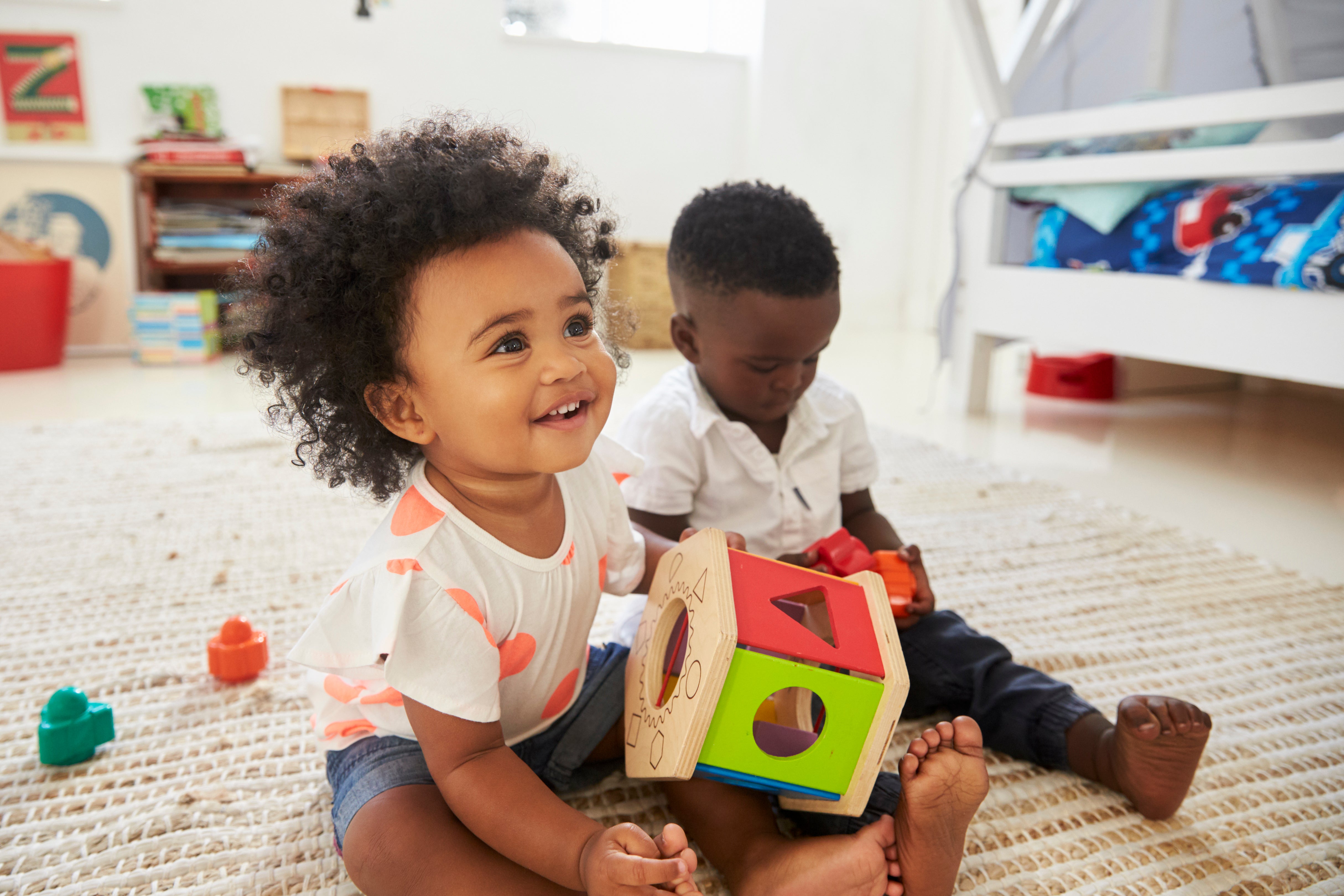
Shape sorters present a fun task for you to do with your little one. You can name each shape she picks up and the shape of the hole she points to. If your little one isn't interested in sorting the shapes yet, don't worry! She will eventually circle back to this puzzle as a toddler and work it out.
Play Dough
Play dough provides an irresistible sensory experience for little hands that promotes the development of fine motor skills, such as squeezing, rolling, pinching, twisting, and cutting. You can also provide cookie cutters to make shapes and help your baby practice placing, pushing down, and picking up.

Just make sure you are next to your little one as he plays with play dough because he will likely try to taste some!
Sensory Balls
Sensory balls are a fun and tactile toy for helping your baby work on fine motor skills. They are a ball with different textures, colors, and shapes made of cloth, wood, plastic, or silicone.

Your baby will practice fine motor skills when picking the ball up, feeling or tasting its various textures, and rolling or throwing it. Having a few balls made of different materials will give your baby chances to explore those different textures and weights.
Busy Boards
Busy boards are DIY toys you can customize to your baby's interests and abilities. They are typically a board with various activities attached, such as locks to open, switches to flip, and zippers to pull.

By manipulating these different activities, your baby can practice her fine motor skills, problem-solving skills, and cognitive development.
There is one caveat to busy boards, however. You should try not to put so many activities for lots of different skills on one board because it will be overwhelming at this stage. Instead, make a set of busy boards that each focus on a single skill that's unique from the others. In this way, your baby will "master" a skill before moving to something else.
In a Nutshell
Helping your baby develop his fine motor skills is crucial to his early development. You can help him build the skills he needs for everyday activities later in life by providing him with toys and activities for specific, age-appropriate senses and skills.
At Moonkie, we are all about providing safe, sustainable, and durable baby toys and products that will enrich this early child development journey you have embarked on with your baby. It is a fun and rewarding journey you will miss one day; hang in there and make every moment count!

